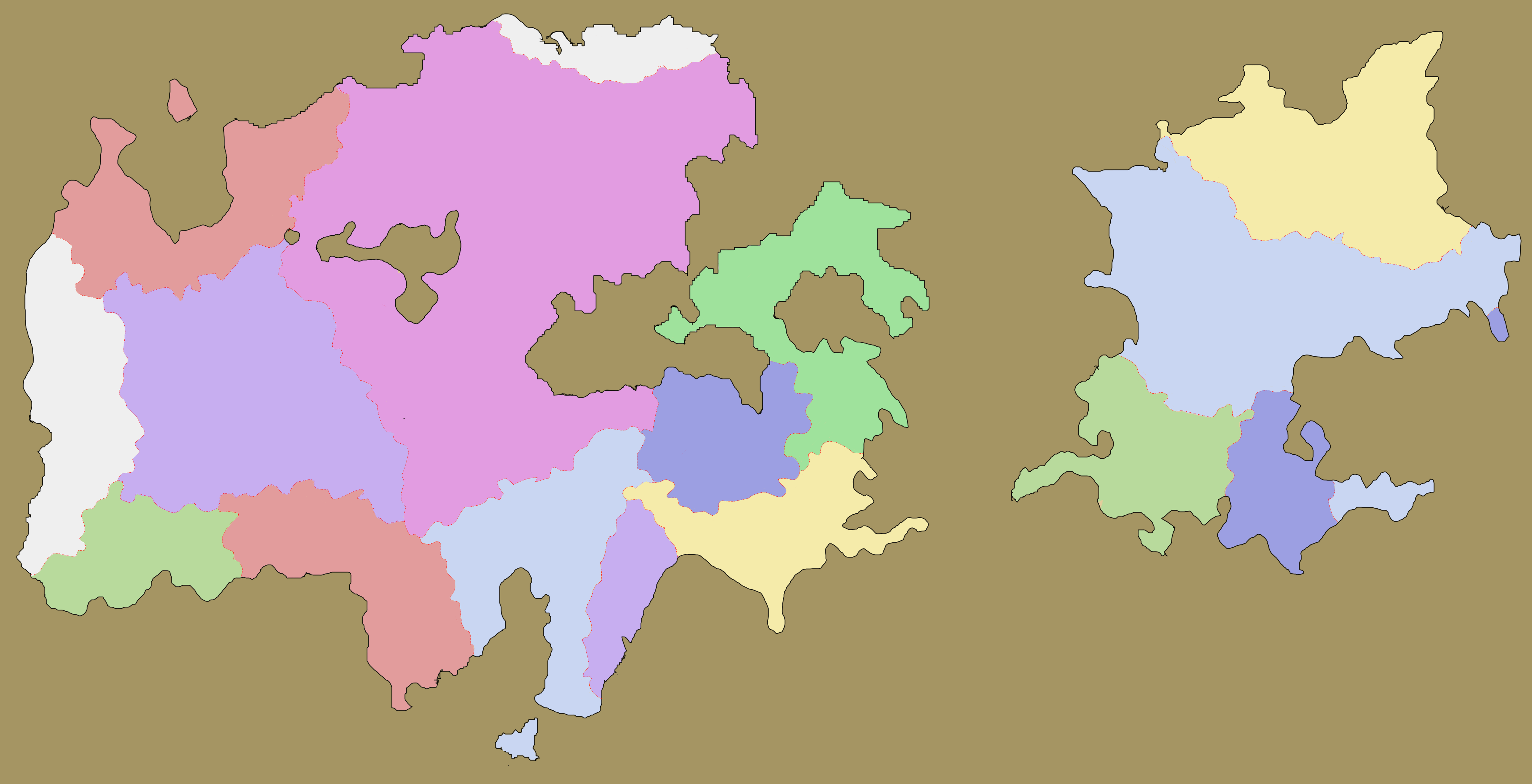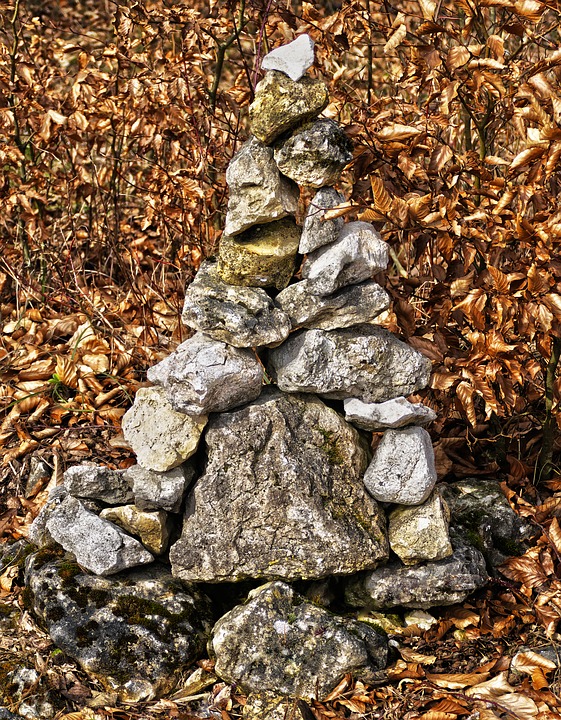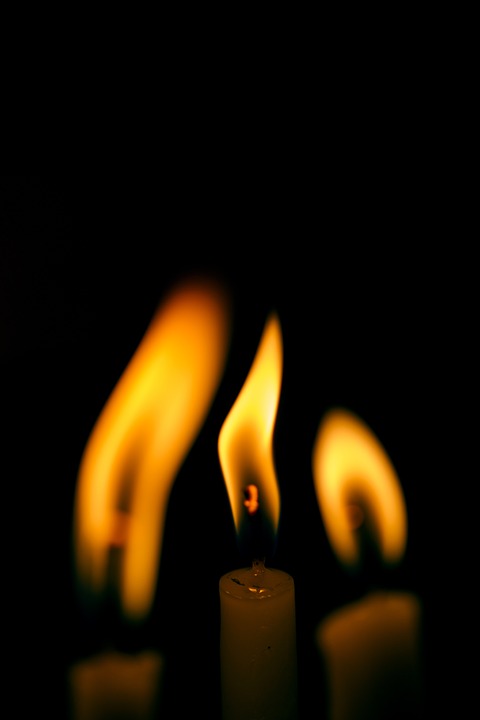The Merinian Mourning Vigil (b)
The Mourning Vigil is a funerary ritual performed by Merinian people.
History
Though no record exists of the first Mourning Ritual, traces of the practice remain dating back to early Qere-Merinian settlements, possibly from the early days of independance when the Querian Empire warred east, when bodies were often difficult to recover or had to be burned for quick disposal. Loved ones of the deceased would often wait until they were in safety to mourn their dead, and thus the tradition was born. Earlier versions of this ritual were likely more ceremonial, perhaps including entire towns and villages, ritual chanting and offerings.
More recently the ritual has been used on a smaller scale to mark the buried ashes of the dead, as the cremation tradition continues to this day, but some still use it as a way to mourn when no other option is available -- though the modern version of this ritual is stripped down to its basics.
Execution
To begin the ritual, all participants are given a lit candle. Assistants will assemble the grave marking nearby, ready to be placed. Then, one by one, the attendees will step forward with their candles and speak their words of parting. For some, this may be prayers to their Gods or the Gods of the deceased, for others it is simply those things they wish they could say face-to-face.
When done, they will pour some of the wax from their candle and/or leave their offering on the patch of ground which is to be marked. The candle will then be placed beside it and the next person will approach until all have had a turn. If there are ashes, these will now be scattered on the ground to be marked.
There will then be a silent vigil as assistants move the grave marker to rest atop the offerings and dripped wax, 'sealing' their well-wishes within the earth. Nobody will move or speak, remaining in silent contemplation until the last of the candles burns out -- a signifier that they had successfully guided the deceased's spirit to their afterlife.
Participants will then be given a mourning cracker and allowed to depart, where they can either leave as a group or individually, consuming the cracker when they are ready by allowing it to dissolve on their tongue, to symbolise a small piece of the dead that will remain within them forever.
Components and tools
Participants
Participants are usually those close to the deceased, but any who knew or cared for the person can join. Usually a handful of unaffected participants will also be present to hand out components, pile or place the grave markings, etc.
Related Ethnicities




